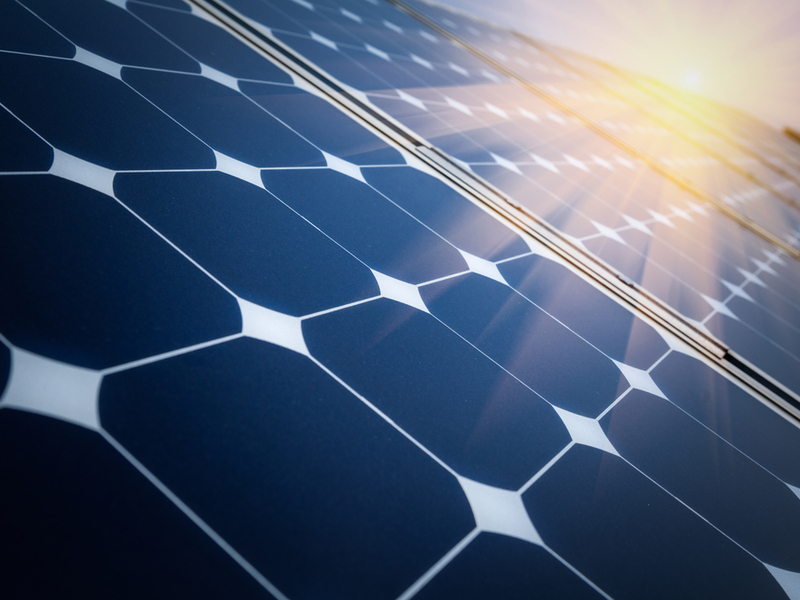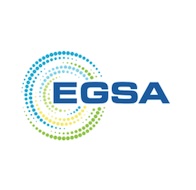Think Microgrid Taxonomy Brief 2024Learn more about the defining characteristics of microgrids and the role they can play in transforming our energy systems in this taxonomy brief. The brief includes an overview of the microgrid market today and in the future, microgrid applications, and examples of representative projects.
Microgrid BenefitsMicrogrids improve electric reliability, decrease energy costs and act as a climate change solution. A microgrid improves electric reliabilityMicrogrids keep the power flowing during an outage by disconnecting from the grid in what’s called islanding. The system’s controller seamlessly switches from grid power to the microgrid’s local power sources when it senses an outage. Solar, generators, battery energy storage or the microgrid’s other distributed energy sources then serve its customers until the grid’s power is restored. A microgrid enhances resilience and recoveryIn addition to providing reliability, a microgrid provides its customers with energy resilience by avoiding power outages in the first place, or quickly recovering if they do occur. In the case of an outage, the microgrid can be programmed to restore power to an entire facility, or just the most critical components. Once grid power is restored, the facility can resume normal operations more quickly because it did not have to shut down completely. A microgrid can lower energy costs for consumers and businesses
Microgrids can also provide a new revenue stream for their customers. Excess energy that’s generated on-site can be sold back to the central grid. Other economic benefits can be seen with microgrids through participation in utility demand response programs or state and federal clean energy programs. A microgrid improves the environment and promotes clean energyAs more businesses and communities strive to meet clean energy goals, they’re looking for ways to reduce the impact of their power generation on the planet. Because of their ability to blend distributed energy sources seamlessly and intelligently, microgrids can use a wide range of green power production technologies, such as solar, wind, fuel cells, combined heat and power (CHP) plants, and energy storage. Natural gas generators, used in many CHP plants, fall on the cleaner side of fossil fuels. Using these diverse energy sources together ensures that the microgrid can overcome any downsides of a specific technology. For example, a solar array only provides power when the sun is shining, so a microgrid can tap into other energy sources when the renewable sources aren’t available. A microgrid strengthens the central gridA microgrid can be used to strengthen the broader electric grid by augmenting normal grid operations or easing the strain on the central grid during periods of peak demand. It becomes another resource that grid operators can call on during these periods. Microgrids can also be less expensive to build and maintain than new grid substations, transmission lines or other grid infrastructure. A microgrid bolsters cybersecurityCyberattacks are a threat to the national power grid, but microgrids are a proactive step that utilities can take to shore up any vulnerabilities. The distributed architecture of a microgrid makes it more resistant to cyberattack because should one generator be attacked, the microgrid has other power sources to rely on to keep the power flowing. A microgrid brings economic value to society
A microgrid improves community well-beingBecause of their ability to provide reliable, resilient power, a growing number of communities are installing microgrids to serve their critical infrastructure during outages and disasters. Hospitals, police stations, fire departments, communications centers and wastewater treatment plants are among the top priorities of local governments looking to ensure their ability to provide emergency services. Shelters, grocery stores and gas stations can also be included in the microgrid’s service area to help keep the community safe. Microgrids also provide power to underserved and rural communities where no electric grid exists, allowing those areas to grow and thrive economically. |













